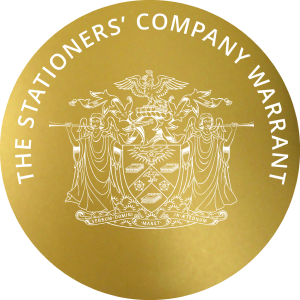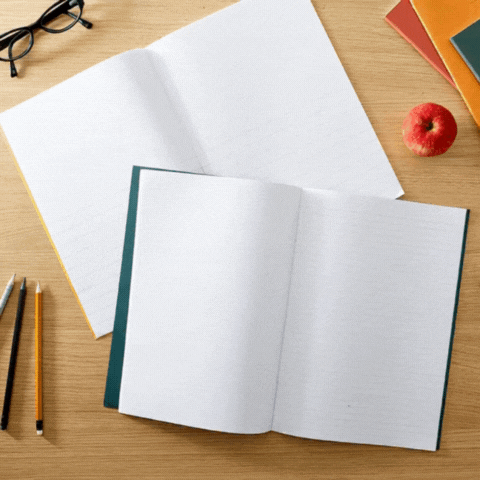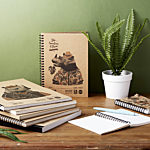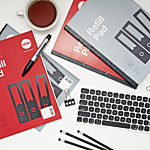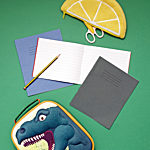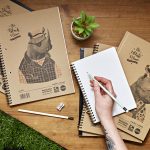How To Make The Most Of RHINO’s Science Exercise Books

The How-To Series: Issue 3 Science Exercise Books
Our science exercise books are carefully designed with alternate lined and graph pages to support practical science lessons in both primary and secondary schools. In this week’s How-To blog, we’ll be taking a closer look at our science exercise books and how to make the most of them within the school science curriculum.
Why Choose a Specialised Science Exercise Book?
It’s a question that often comes up! Why not choose a regular lined exercise book instead? We always say that choosing paper stationery that’s specifically made for the subject you’re teaching helps you to get the best out of your students and your teaching time. That’s the short answer – let’s dive into the specific reasons why you might choose a RHINO science exercise book in more detail…
- They’re ready-made to support scientific enquiry: With alternate lined and graph paper built in, our science exercise books are ideally suited to writing up class experiments. There’s space to support both scientific discussion and the display of data in graphic form on every page – making keeping everything in one place easy.
- No more cutting and sticking: Say goodbye to loose sheets of graph paper and cuttings cluttering up your classroom. What’s more, with our science exercise books, the built-in graph paper means students won’t take up valuable lesson time cutting and sticking graphs into their exercise books. This ultimately means more time for learning which is never a bad thing!
- They help students to organise their write-ups: The alternate layout provides structure to pupils’ work, supporting them to write up their class experiments so that the results are captured visually and interpreted on the same page. This easy and visual layout will help when it comes to revision too!
- They support scale drawing and graphic organisers: Not just for experiments, the graph paper in our science exercise books is great for both scale drawing and graphic organisers too. Particularly useful in biology lessons, scale drawing helps students to visualise proportions between objects and encourages attention to detail, while graphic organisers like matrices help students to learn key facts and relationships between items quickly and easily.
- They’re available in a range of covers: From hardwearing, tough back covers to fully recyclable and wipe clean soft covers, you can choose a cover type and colour to fit your classroom needs at RHINO Stationery.
- They’re robust and hard-wearing: Whichever cover type you opt for, our RHINO science exercise books are tough and built to withstand the demands of a busy classroom. Made with high-quality, sustainably-sourced paper, they’re backed by our Lifetime Warranty for extra peace of mind.

Our Top Tips for Getting the Most Out of RHINO’s Science Exercise Books
Boost your science lessons with our teaching tips and tricks for science exercise books:
Decide on a format and layout for recording science experiments
Agreeing a format and layout that students should stick to when writing up experiments will save time and ensure pupils cover everything they need to – particularly important when it comes to revision time! Although it may not always be achievable, keeping a science experiment write up to one double page spread with written work like the hypothesis, method and conclusion on the right and data, diagrams and results on the left will keep things simple and easy to revise from later on.
Encourage students to record results in an accurate and timely manner
Make sure pupils set up a table on the graph paper ahead of needing to record experimental results. Having the table already set up when the experiment starts means they’re more likely to capture all their results accurately. The results can then be used to create graphs and charts either during class time or for homework, maximising learning time in the classroom.
Embrace colour and diagrams to bring experiments to life
The graph paper in our science exercise books is fantastic for creating scale drawings and diagrams of experiments. Making use of the dedicated space in our books with diagrams and plenty of colour to create engaging pages will support memory and retention of material when it comes to exams and tests.
Make use of graphic organisers extensively
Graphic organisers, particularly matrices, are a great way of introducing new scientific topics to a class. A 2010 study by Kauffman et al. found that the use of matrices helped students to learn facts as well as relationships in science much more effectively and comprehensively than either text or summary extracts of text. This is because matrices make it easy for students to find the information they need, the information is in a simple and extracted format, and they also show connected items near to one another allowing students to easily infer relationships between items. Our graph paper is ideal for creating matrices and other types of graphic organiser such as flow charts, sequences and scale drawings – all of which assist with teaching key concepts and relationships in science effectively.
Provide plenty of feedback and direction
We all know science is a complex subject area with lots of new concepts to grasp for students. With that in mind, use any space left over on the graph paper to give comprehensive feedback to your students. Take the time and space to really explain your feedback and signpost to other resources if necessary – it really could make all the difference to their learning outcomes at the end of the year.

